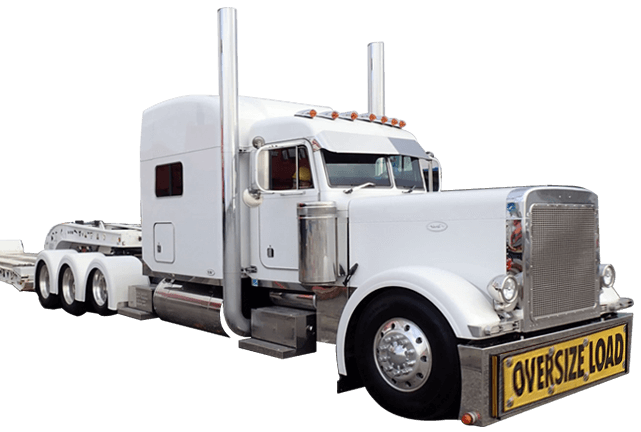Pounds Per Cubic Feet (PCF) Definition
While most countries worldwide use the metric system of units, the United States uses its own unique system, Pounds Per Cubic Feet (PCF). The system is grounded on the ancient British Imperial System, which involves pounds and inches.
PCF and Freight Density Calculation
Freight density is the measure of your freight compactness used to determine your freight class and the ultimate shipping rates. Usually, density is expressed in pounds per cubic foot (PCF). Here are the steps followed when determining your freight density:
Measure your cargo height, width, and depth in inches.
Multiply the three readings to get your freight's total cubic inches. If you are shipping several pieces of items, be sure to multiply the dimensions for each individually. Add the results together to get the shipments total cubic inches.Divide the total results with 1728 to get your cargo's cubic feet.
Determine your cargo's weight in pounds and divide it by its total cubic feet to get its PCF.



Expertise you
can trust
Need specialized heavy equipment shipping?
Our logistics agents have the solutions you need.

How to Calculate Freight Density
For example, assuming your freight weighs 600 pounds with dimensions of 44x52x52 inches:
Multiply the dimensions: 44"X52"X52" to get 118976"
Divide 118975 by 1728 = 69 cubic feet
Divide your cargo weight (600 pounds) with 69 cubic feet to get 8.6 PCF which is also your freight density.
Classification of Pounds Per Cubic Feet (PCF)

Recent Heavy Shipments by Heavy Equipment Transport
Check out all of our most recent transports below!






















Trailer Type
Heavy Equipment Transport uses all types of trailers. We provide the best trailer transport solutions to fit your needs. Find out more below!
More Definitions:
- Accessorials
- Air Ride Suspension
- Backhaul trucking
- Bill Of Lading
- Billing Adjustment
- Blanket Wrapped Freight
- Blind Shipment
- Bobtail
- Bridge Formula
- Cabover
- Cargo Carrier
- Cargo Company
- Cargo Containers
- Carrier Lanes
- Cartage Services
- Commercial Driver's License
- Common Carriers
- Conestoga Trailer
- Consignor & Consignee
- Container Freight
- Cost Per Mile
- Crating Services
- Cross Docking Container
- Curbside Pickup
- Deadhead
- Deadhead Trucking
- Density Calculator
- Discount Freight
- Drayage Services
- Driver Safety Trucking
- Drop Deck Trailer
- Drop Shipping
- Dry Van Trailer
- Electronic Logging Device
- Estate Shipping
- Final Mile
- First Mile
- Flatbed Trailer
- Freeze Protection
- Freight
- Freight Agency
- Freight Bill Audit
- Freight Broker
- Freight Carrier
- Freight Center
- Freight Companies
- Freight Consolidation
- Freight Cost
- Freight Forwarder
- Freight Forwarding
- Freight Lines
- Freightways
- Limited Access Pick-up and Delivery
- Overweight Load
- Team Driver Trucking
- Trucking Business
- CLICK HERE FOR FULL GLOSSARY
